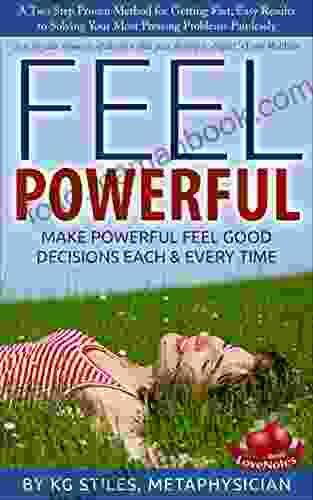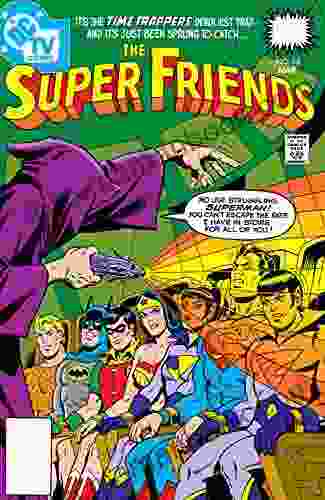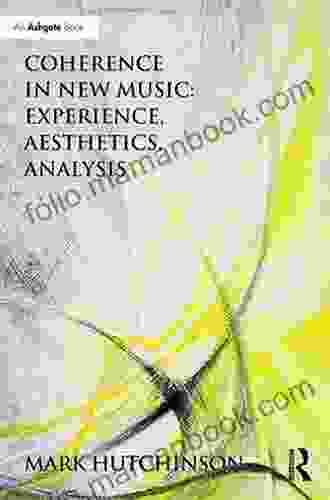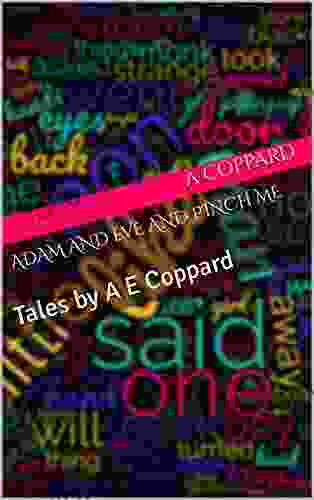Coherence In New Music Experience: Aesthetics Analysis

Coherence is a fundamental aesthetic principle that has been applied to music for centuries. In general, coherence refers to the unity and consistency of a work of art, and it can be achieved through a variety of means, such as the use of similar motifs, textures, and rhythms. In new music, coherence can be a particularly important factor, as it can help to create a sense of order and unity in what can be a complex and challenging musical landscape.
In this paper, we will explore the concept of coherence in new music experience aesthetics. We will begin by examining coherence theories and their implications for musical aesthetics. We will then discuss how coherence can be integrated into the creation of new music, and we will provide examples of new music that exemplifies the principle of coherence. Finally, we will conclude by discussing the implications of coherence for the aesthetics of new music.
There are a number of different coherence theories that have been developed in the field of aesthetics. Some of the most influential theories include:
4.6 out of 5
| Language | : | English |
| File size | : | 6181 KB |
| Text-to-Speech | : | Enabled |
| Enhanced typesetting | : | Enabled |
| Word Wise | : | Enabled |
| Screen Reader | : | Supported |
| Print length | : | 248 pages |
| X-Ray for textbooks | : | Enabled |
- The Unity Theory: This theory states that a work of art is coherent if it has a sense of unity. This unity can be achieved through the use of similar elements, such as motifs, textures, and rhythms.
- The Consistency Theory: This theory states that a work of art is coherent if it is consistent with itself. This means that there should be no contradictions or inconsistencies in the work.
- The Expectation Theory: This theory states that a work of art is coherent if it meets the expectations of the audience. This means that the work should make sense in terms of the genre, style, and context in which it is created.
These are just a few of the many coherence theories that have been developed in the field of aesthetics. While there is no one definitive theory of coherence, there are a number of common themes that emerge from these theories. In general, coherence is seen as a positive aesthetic quality that can contribute to the overall beauty and unity of a work of art.
The principle of coherence can be applied to new music in a variety of ways. One way to create coherence in new music is to use similar motifs, textures, and rhythms throughout the piece. This can help to create a sense of unity and familiarity, even in complex and challenging music.
Another way to create coherence in new music is to use consistent instrumentation and orchestration. This can help to create a sense of cohesion and balance, even in pieces that use a wide range of sounds and timbres.
Finally, coherence can be created in new music through the use of repetition and variation. This can help to create a sense of development and progression, even in pieces that are relatively static.
There are many examples of new music that exemplifies the principle of coherence. Some of the most influential examples include:
- Karlheinz Stockhausen's "Elektronische Studien II": This piece is a classic example of coherence in electronic music. Stockhausen uses a limited number of sounds and textures to create a sense of unity and cohesion, even in a piece that is highly complex and experimental.
- John Cage's "4'33"": This piece is a more extreme example of coherence. Cage's piece consists of four minutes and thirty-three seconds of silence. However, the silence is not arbitrary; it is a carefully crafted and deliberate part of the piece. Cage uses silence to create a sense of anticipation and suspense, and the piece is ultimately a powerful and moving experience.
- Aphex Twin's "Drukqs": This album is a more recent example of coherence in new music. Aphex Twin uses a wide range of sounds and textures in this album, but he does so in a way that is ultimately coherent and cohesive. The album is a complex and challenging listen, but it is also a rewarding and beautiful one.
These are just a few examples of the many ways that coherence can be integrated into new music. While coherence is not the only aesthetic principle that is important in new music, it is an essential one that can contribute to the overall beauty and unity of a work of art.
Coherence is a fundamental aesthetic principle that can be applied to new music in a variety of ways. By understanding the different coherence theories and how they can be applied to music, composers can create new music that is both coherent and beautiful.
The principle of coherence has a number of implications for the aesthetics of new music. First, it suggests that coherence is a positive aesthetic quality that can contribute to the overall beauty and unity of a work of art. Second, it suggests that coherence is an essential principle for new music, as it can help to create a sense of order and unity in a complex and challenging musical landscape. Finally, it suggests that coherence is a principle that can be applied to a wide range of new music, from electronic music to silence to experimental music.
Coherence is a powerful aesthetic principle that can be used to create new music that is both beautiful and challenging. By understanding the principles of coherence, composers can create new music that will engage and inspire audiences for years to come.
4.6 out of 5
| Language | : | English |
| File size | : | 6181 KB |
| Text-to-Speech | : | Enabled |
| Enhanced typesetting | : | Enabled |
| Word Wise | : | Enabled |
| Screen Reader | : | Supported |
| Print length | : | 248 pages |
| X-Ray for textbooks | : | Enabled |
Do you want to contribute by writing guest posts on this blog?
Please contact us and send us a resume of previous articles that you have written.
 Top Book
Top Book Novel
Novel Fiction
Fiction Nonfiction
Nonfiction Literature
Literature Paperback
Paperback Hardcover
Hardcover E-book
E-book Audiobook
Audiobook Bestseller
Bestseller Classic
Classic Mystery
Mystery Thriller
Thriller Romance
Romance Fantasy
Fantasy Science Fiction
Science Fiction Biography
Biography Memoir
Memoir Autobiography
Autobiography Poetry
Poetry Drama
Drama Historical Fiction
Historical Fiction Self-help
Self-help Young Adult
Young Adult Childrens Books
Childrens Books Graphic Novel
Graphic Novel Anthology
Anthology Series
Series Encyclopedia
Encyclopedia Reference
Reference Guidebook
Guidebook Textbook
Textbook Workbook
Workbook Journal
Journal Diary
Diary Manuscript
Manuscript Folio
Folio Pulp Fiction
Pulp Fiction Short Stories
Short Stories Fairy Tales
Fairy Tales Fables
Fables Mythology
Mythology Philosophy
Philosophy Religion
Religion Spirituality
Spirituality Essays
Essays Critique
Critique Commentary
Commentary Glossary
Glossary Bibliography
Bibliography Index
Index Table of Contents
Table of Contents Preface
Preface Introduction
Introduction Foreword
Foreword Afterword
Afterword Appendices
Appendices Annotations
Annotations Footnotes
Footnotes Epilogue
Epilogue Prologue
Prologue Horace
Horace Jay Calderin
Jay Calderin Kazuyuki Motohashi
Kazuyuki Motohashi Robert Jackson Bennett
Robert Jackson Bennett Emily Larkins
Emily Larkins James Kerr
James Kerr Fenna Edgewood
Fenna Edgewood J N Chaney
J N Chaney Kristina Turner
Kristina Turner Tea Cooper
Tea Cooper Imani Perry
Imani Perry Guy Cain
Guy Cain Thomas Cleary
Thomas Cleary Margaret Maron
Margaret Maron Terry Fulmer
Terry Fulmer Goodbook
Goodbook Peter Gelling
Peter Gelling Carmen Domingo
Carmen Domingo Thomas Piketty
Thomas Piketty Daniel Clark
Daniel Clark
Light bulbAdvertise smarter! Our strategic ad space ensures maximum exposure. Reserve your spot today!

 Louis HayesFrom Rat Race to Property Developer and Educational Business Owner: A Journey...
Louis HayesFrom Rat Race to Property Developer and Educational Business Owner: A Journey...
 Brady MitchellJohn Maynard Keynes: A Revolutionary Economic Thinker and His Lasting Legacy
Brady MitchellJohn Maynard Keynes: A Revolutionary Economic Thinker and His Lasting Legacy
 George R.R. MartinThe Porter Obstruction: Cari Porter's Enduring Impact on Law and Gender
George R.R. MartinThe Porter Obstruction: Cari Porter's Enduring Impact on Law and Gender Charlie ScottFollow ·7.6k
Charlie ScottFollow ·7.6k Noah BlairFollow ·2.1k
Noah BlairFollow ·2.1k David PetersonFollow ·9.9k
David PetersonFollow ·9.9k Michael CrichtonFollow ·19.3k
Michael CrichtonFollow ·19.3k Garrett BellFollow ·6.9k
Garrett BellFollow ·6.9k Osamu DazaiFollow ·14.9k
Osamu DazaiFollow ·14.9k Chase MorrisFollow ·3.2k
Chase MorrisFollow ·3.2k Samuel Taylor ColeridgeFollow ·5.7k
Samuel Taylor ColeridgeFollow ·5.7k

 Dean Cox
Dean CoxHow to Make Decisions Easily & Effortlessly: The...
The Different Types of Decisions There...

 Gustavo Cox
Gustavo CoxThe End of World War II and the Birth of Baseball's...
The end of...

 Patrick Rothfuss
Patrick RothfussThe Dantes: An 11-Family Saga of Billionaires, Soulmates,...
The Dantes is an epic family saga that follows...

 Dylan Mitchell
Dylan MitchellSuper Friends: The Animated Adventures That Defined a...
In the vibrant landscape of American...

 Jamal Blair
Jamal BlairCollege For Students With Disabilities: We Do Belong
College can be a...
4.6 out of 5
| Language | : | English |
| File size | : | 6181 KB |
| Text-to-Speech | : | Enabled |
| Enhanced typesetting | : | Enabled |
| Word Wise | : | Enabled |
| Screen Reader | : | Supported |
| Print length | : | 248 pages |
| X-Ray for textbooks | : | Enabled |







